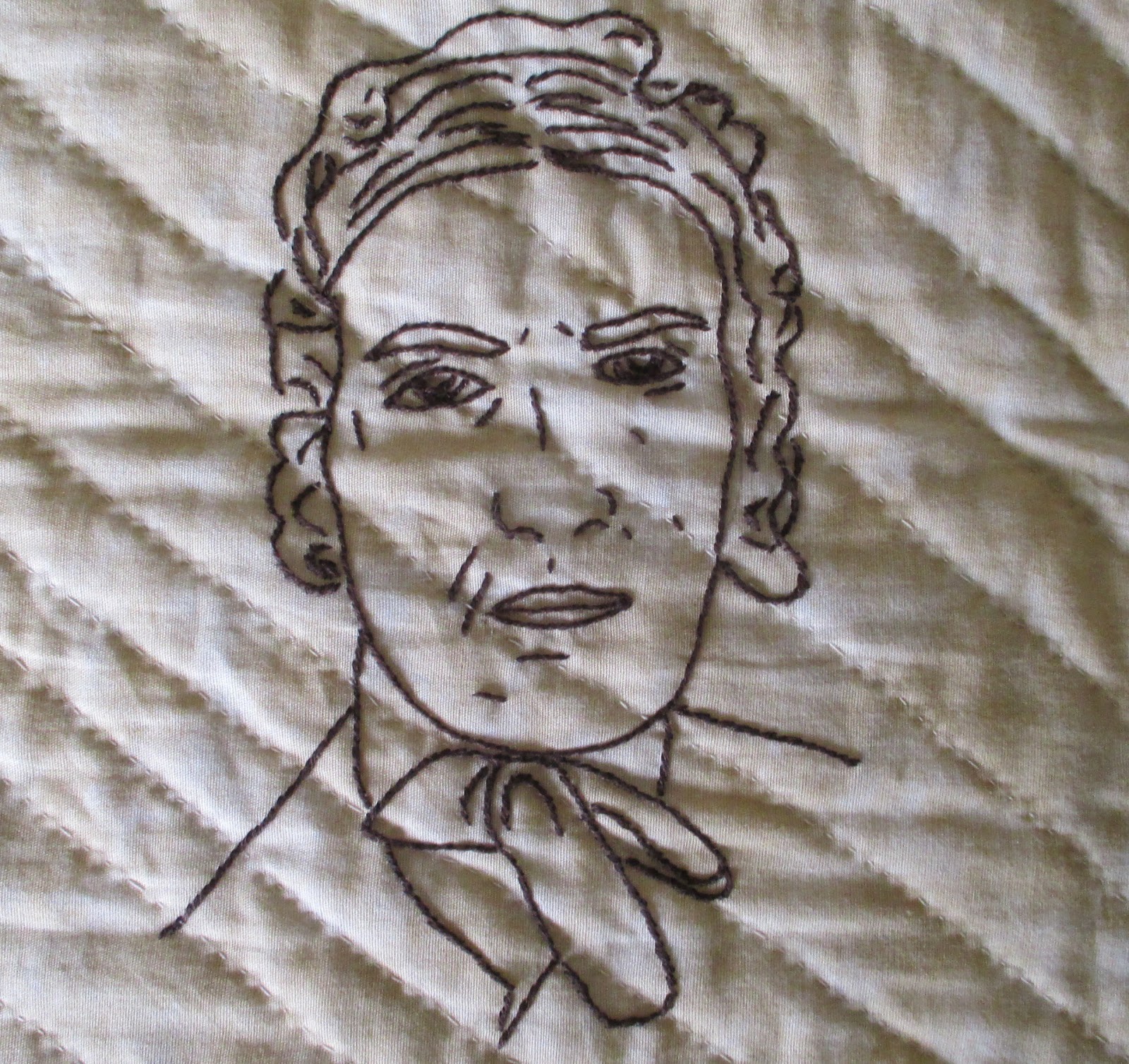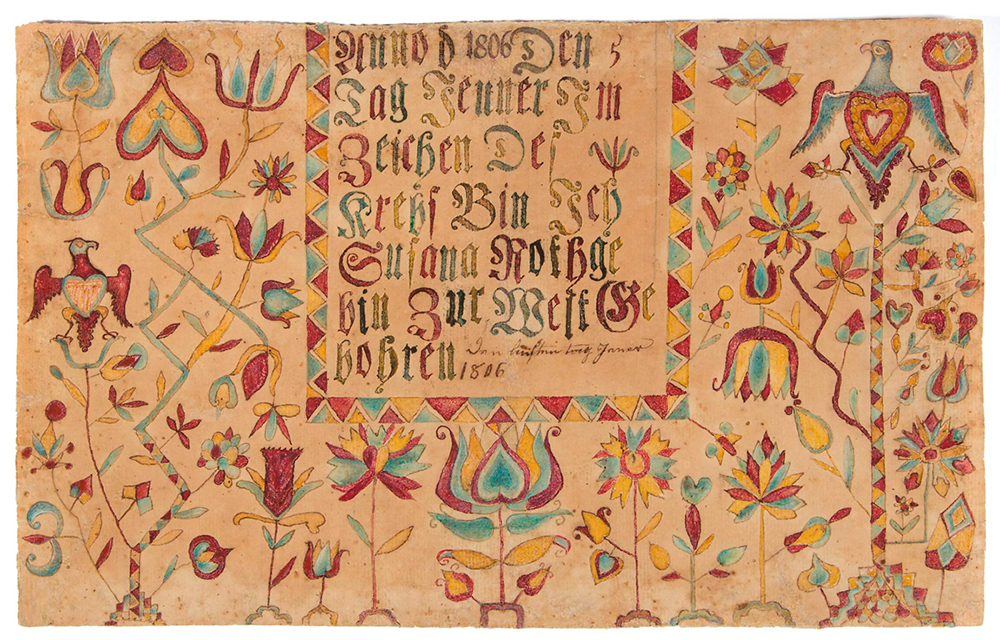 |
| Sarah Grimke' from I Will Lift My Voice Like A Trumpet by Nancy Bekofske |
 |
| Angelina Grimke' from I Will Lift My Voice Like a Trumpet by Nancy Bekofske |
Sarah's mother dealt out harsh punishments for minor offenses committed by the slaves, appalling and upsetting the young Sarah. Unlike on many plantations, there is no evidence that Mr. Grimke' sexually abused the female slaves, which often resulted in the wife's mistreatment of female slaves.
Sarah was a remarkably intelligent child who yearned to be educated along with her older brothers. But she was expected to go on the marriage market and participate in the frivolous social whirl.
For her eleventh birthday Sarah was given her own slave, Handful. Their relationship frames the story. Sarah and Handful yearn to fly beyond their conscripted lives. They have to invent their own wings.
The Grimke' sisters reject Charlestown societal values and traditions to become Quaker abolitionists in Philadelphia. But the Arch Street Meeting House found their views extremist, especially their views on the rights of women to speak publicly on political issues, to enjoy equal education, and to become ministers. They women become ardent abolitionists, focusing on their first hand experience with Southern plantation slave owners. Angelina becomes the first American woman public speaker.
"...nights she teach me everything she knows 'bout quilts. I tore up old pants legs and dress tails and pieced 'em. Mauma say in Africa they sew charms in their quilts. I put pieces of my hair down inside mine."
Handful's Mauma is a master dressmaker and seamstress. Handful describes her mom making several quilts. One is a floral applique for the misses in 'milk-white and pink.' They have quilt frame that is raised to the ceiling by pulleys. Mauma uses quilts to hide things for safe keeping by sewing pockets on the quilts or hiding things in the batting.
The women's supplies include a box of patches; a pouch with a needle and thread; a cake of tallow to "grease the needle" so it "would almost glide through the cloth itself"; quilt stuffing; shears; tracing wheel; charcoal; stamping papers; and measuring ribbons. Handful has her own brass thimble. Stamping papers were perforated with the tracing wheel, then the charcoal rubbed through the holes to mark a quilting design. 'Measuring ribbons' I assume were early measuring tapes. As a dressmaker for the master's family Mauma had quite a nice supply of tools.
Fabrics used included an emerald green silk; pastel dress fabrics, lavender ribbons, and oxblood red, black, orange, and brown fabrics.
Handful's grandmother was born of the Fon people in Africa, an ethnic group from Benin and Nigeria. Mauma shares the old stories and vudu traditions with Handful, including the stories about when their people could fly. Mauma makes a quilt with tiny black triangles, which she calls blackbird wings, appliqued on oxblood red patches. She adds small splashes of yellow for 'sun splatter'. Handful sews on the homespun backing and they filled it with batting, feathers, and charms.
Mauma also makes a quilt that tells her life story, with each block representing a pivotal event. She cut the applique pieces freehand and stitches them onto blocks of fabric. Her Fon people all kept their history on a quilt, Mauma told Handful. To this day the Fon people make appliqued textiles with animals and objects. You can see an example at: http://www.museum.msu.edu/glqc/collections_2008.119.47.html
For an article on the appliqued cloth of the Fon people see:
http://www.epa-prema.net/abomeyGB/resources/hangings.htm
The story quilt Mauma makes is based on the famous quilts by African American quilter Harriet Powers. To learn about Powers' quilts visit:
http://americanhistory.si.edu/collections/search/object/nmah_556462
http://www.mfa.org/collections/object/pictorial-quilt-116166
http://www.historyofquilts.com/hpowers.html
Kidd discovered Grimke' by chance and delved into researching her life and career. She also went to see the Harriet Powers quilt. The events in the book are based on fact, with some tweaking of timing. I enjoyed reading the book. Kidd's Sarah is conflicted and unsure of herself, while under her tutelage her younger sibling Angelina is able to commit to her convictions and scorns public or family opinion. Handful was based on the slave Hetty given to Sarah on her eleventh birthday, but the real Hetty died young. Handful is the most vividly drawn character in the book, and her story gives the reader insight into the daily life of a plantation slave. We learn about the punishments dealt out, the Work House where masters could hire out punishments, and about free black society. Most importantly it is Handful and her mother's dreams of freedom that is best portrayed.
As a quilter it was a nice surprise to find that quilts were central to this novel. I wanted to read the novel because it was based on Sarah Grimke' and I had no idea that quilts figured into the story.
Read an interview with the author by Oprah Winfrey for her book club at
http://www.oprah.com/spirit/Oprah-Talks-with-Sue-Monk-Kidd-About-The-Invention-of-Wings
I had read Lift Up Thy Voice by Mark Perry on the sisters when researching for my quilt I Will Lift Up My Voice, the title of which came from a speech made by Angelina Grimke'.
My thanks to Viking and NetGalley for allowing me access to read the e-book.
The Invention of Wings by Sue Monk Kidd
Published by Viking, January 7, 2014
$27.95
ISBN: 978-0670024780A New York Times #1 Bestseller































